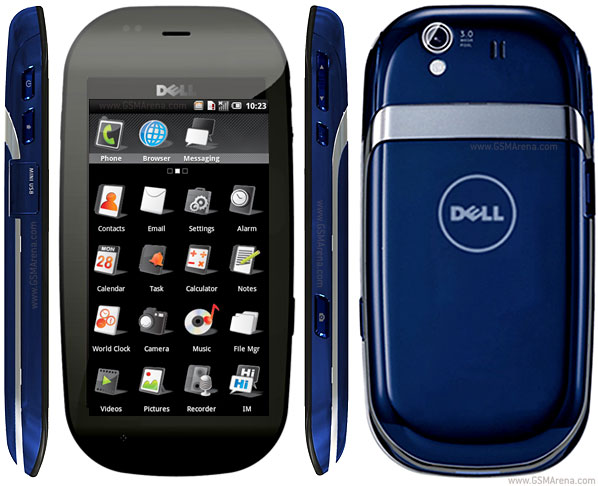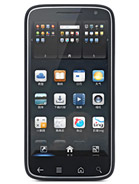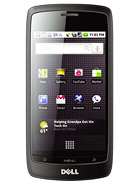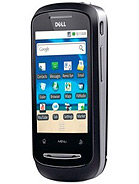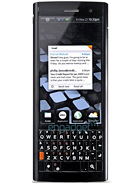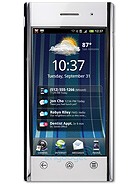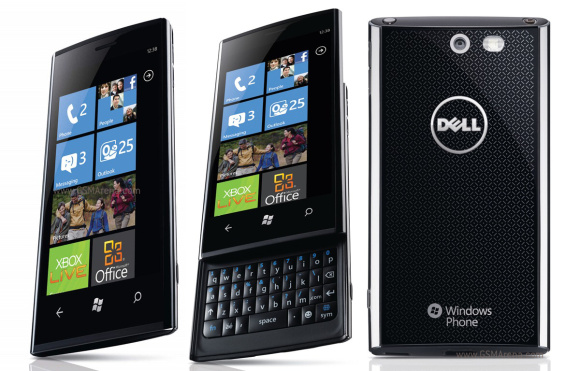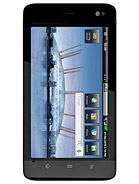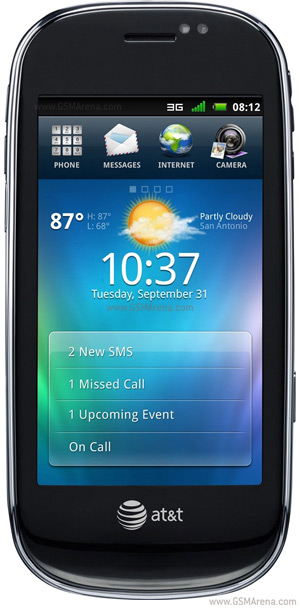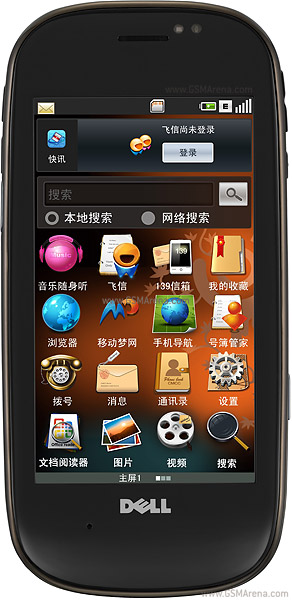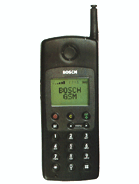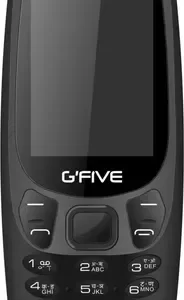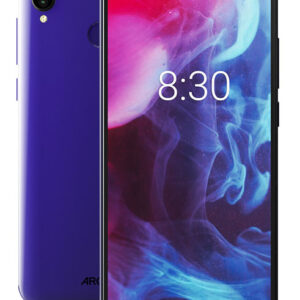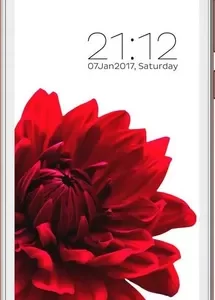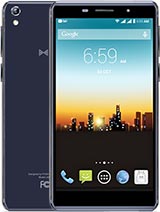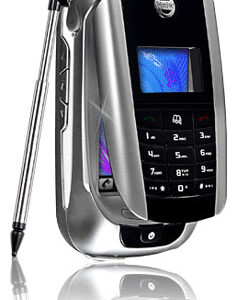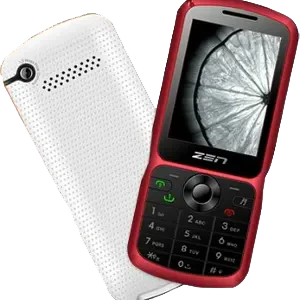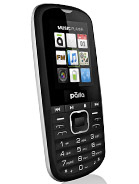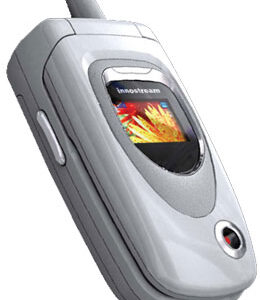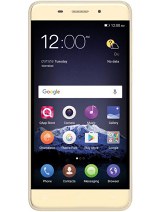Dell Mini 3iX Overall Review
The Dell Mini 3iX, announced in November 2009, marks an intriguing entry into the smartphone market by Dell, a company predominantly known for its contributions to the computing sector. This Android-powered device features a 3.5-inch display, offering a reasonably sized screen for browsing, applications, and multimedia consumption for its time.
Equipped with a 3.15 MP primary camera, the Mini 3iX delivers basic photography capabilities, capturing decent photographs under appropriate lighting conditions. This was fairly standard for smartphones during the period, as the emphasis on mobile photography was not as pronounced as it is today.
The device is powered by a 1000 mAh battery, which, by current standards, falls short but was typical for smartphones of that era, reflecting the balance between device capabilities and power consumption at the time. With 256 MB of storage, the Dell Mini 3iX leans towards the lower end of storage options, necessitating the use of a microSD card for additional space—a common practice for extending the utility of smartphones then.
